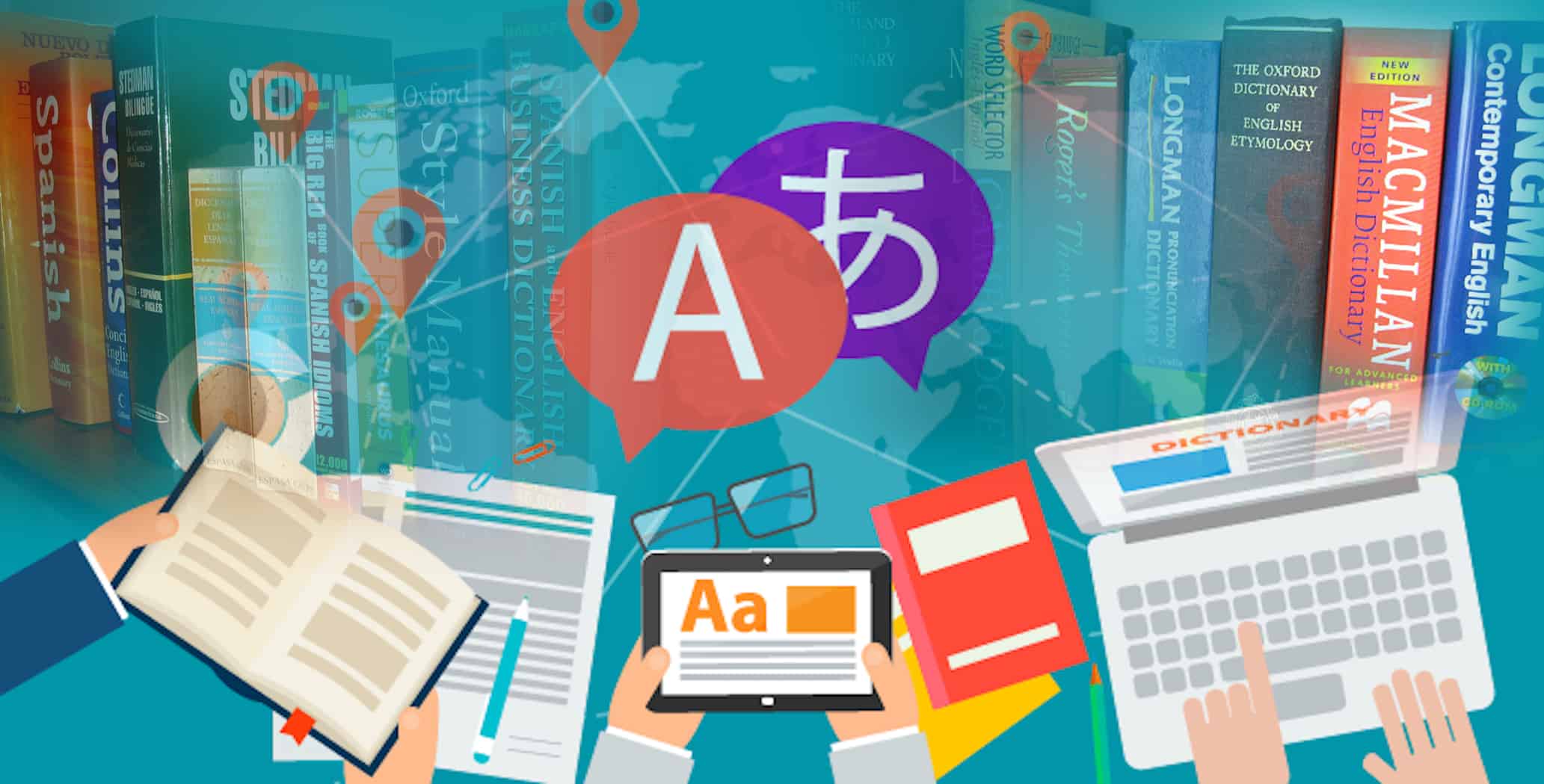A Guide To Preparing For Your First Translation
In today’s globalised world, effective communication across borders is more important than ever. Translation is a key strategy that will allow you or your business to bridge the communication gap in a world with more than 7000 spoken languages.
Translation can meet both business and personal needs. You may be considering adapting your business’s website for the global market. Or you may have just learnt of the requirement for certified translation of your personal documents for a work application.
Whatever professional need you have, to be adequately prepared for and get the most from your first translation service, we encourage you to follow these quick tips. That way, you can avoid unnecessary follow-up and be confident the job will proceed smoothly.
Check the original documents
Make sure you provide all the documents you would like translated, and ensure your documents are proofread/edited by you and your colleagues before sending them for translation. If scanned copies of documents are being sent, make sure everything in the document is clear: if you can’t read a word, it’s likely the translator won’t be able to either!
Specify your purpose for the translation
A good translation service provider may be able to provide additional services, depending on the translation’s purpose. For instance, if you require it for an official application, you may need certification or notarization. If it’s for your company’s marketing event, you may need DTP layout or printing services. Inform your service provider initially so you can make the most of their services and avoid any inconvenience down the track.
Specify your desired format
You shouldn’t expect your translation service provider to automatically deliver the translation in the same format as the original document. Your target language of, say, Thai, will require thoughtful formatting, and often additional services such as DTP layout, if you would like it to fit into the original document in the same way as the source text. Your translation service provider will usually be able to meet your delivery requirements for your translation – as long as you specify your requirements beforehand.
Ask for the latest translation memory tools
Choose a translation service provider that utilises translation memory tools (TMs). TMs can memorise a translator’s past work, guarantee consistency and ensure the same translator retains full control over content and quality. They can also be a significant cost saver.
Inform your translation service provider about the subject matter of the content
The more detail you can provide about content, the better. This will help your vendor choose qualified translators who specialise in, or have extensive experience in the subject matter area.
Share with your translator what you know about the target audience
Saying that you require translation to Chinese may not be enough detail. Chinese from Singapore, for example, is different from Chinese from Taiwan. Argentinians do not speak the same Spanish as Mexicans. The principal country or country of origin of the readers should be specified where possible, so that the most suitable linguist can be sourced, and to ensure the vocabulary is accurate and culturally appropriate.
An effective translation is greatly assisted by good preparation. Following this general guide, as well as choosing an ISO 17100 certified translation company like Lingua Technologies, will help to ensure the success of your first translation job, and likely save you time and money in the long run.

